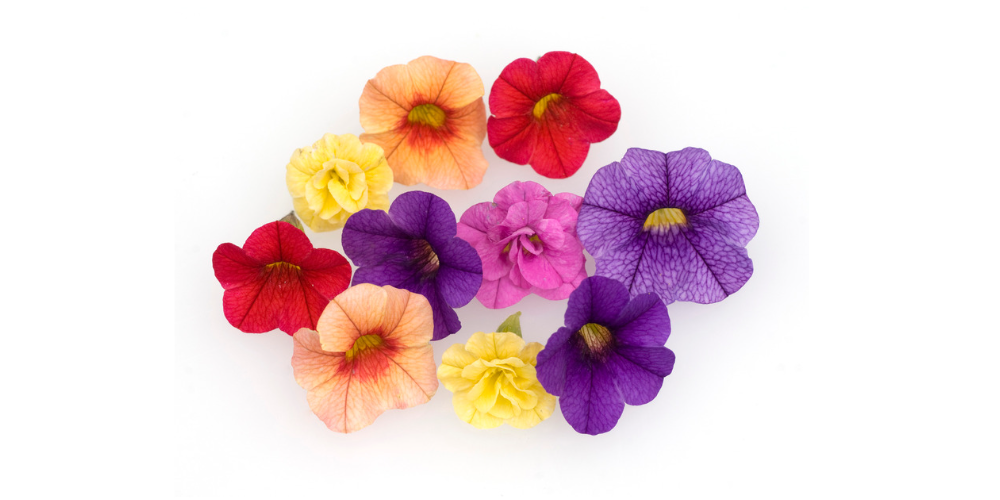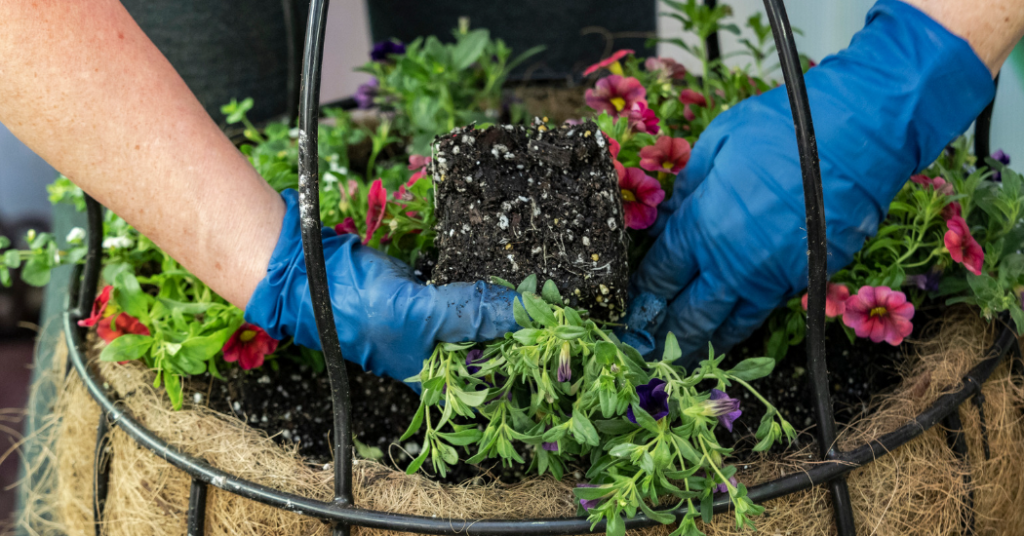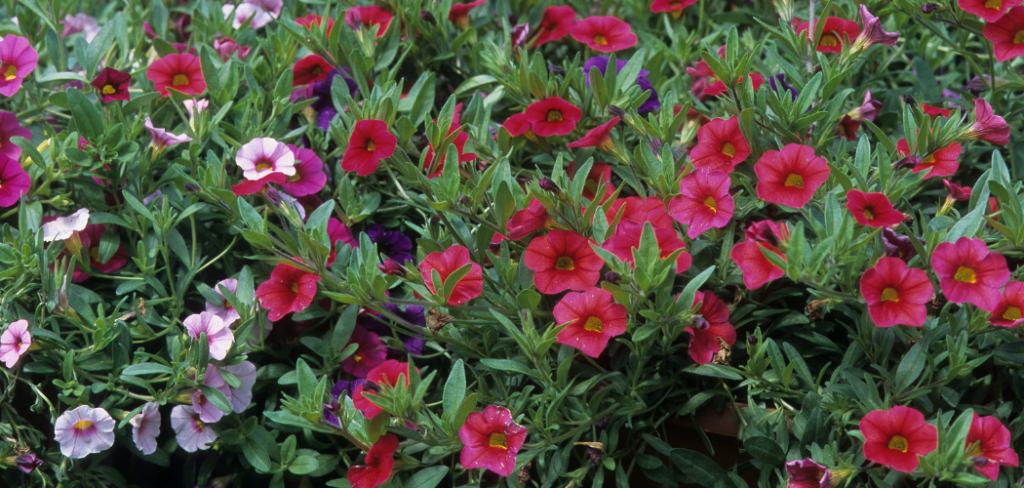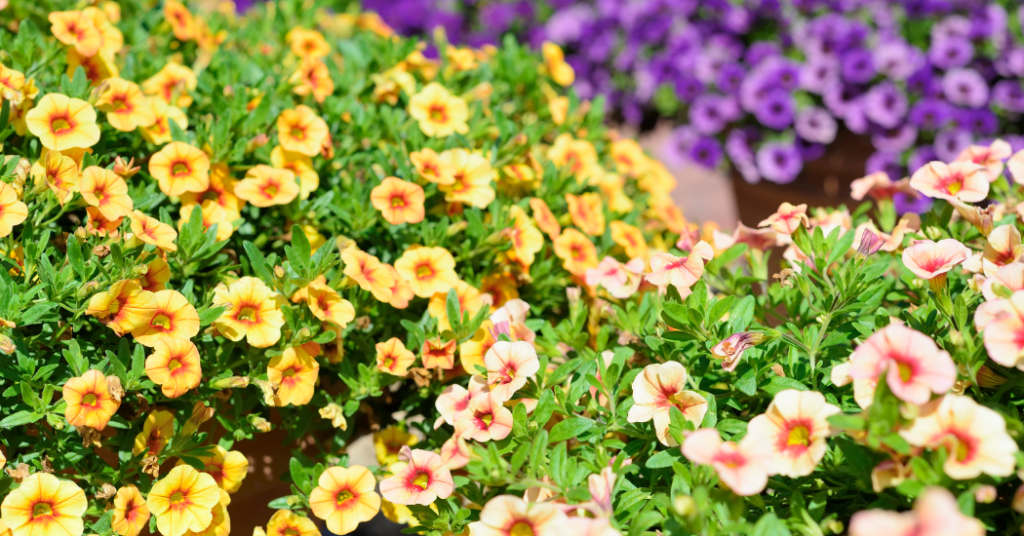
Calibrachoa is native to South America and first introduced into Europe in the early 1800s. They didn’t become widely available in the United States until the late 1990s.
These plants are the members of the Solanaceae family, which includes tomatoes, potatoes, peppers and eggplants. They are closely related to petunias.
Calibrachoa are tender perennials, which means they will die back in cold weather and must be replanted yearly. They are usually grown as annual plants in most parts of the country.
When buying plants, look for those that are bushy and have plenty of blooms. Avoid those that are leggy or have flowers that are fading.
Points to keep in mind while growing calibrachoa:

1. Calibrachoa prefer full sun and well-drained soil.
2. Water the plants at the base rather than from above to prevent powdery mildew.
3. Provide adequate air circulation around the plants to prevent fungal diseases.
4. Keep an eye out for pests and treat them with an appropriate insecticide.
5. Harvest the flowers when they are fully open.
With care and attention, calibrachoa can add beauty and flavour to any garden.
How to plant CALIBRACHOA

How to Grow CALIBRACHOA

Problems with Calibrachoa and how to solve them

Calibrachoas are relatively easy to grow and care for, but there are a few problems that you may encounter.
1. Powdery mildew is a common fungal disease that can affect calibrachoa. This disease appears as white or grey powdery spots on the leaves and stems of the plant. It is most common in humid or wet conditions. To prevent powdery mildew, water the plants at the base rather than from above. It is also essential to provide adequate air circulation around the plants. If powdery mildew does appear, you can treat it with a fungicide.
2. Another problem that can affect calibrachoa is root rot. This is caused by a fungus that thrives in wet conditions. Root rot can kill the plant, so it is vital to take measures to prevent it. Ensure the planting area has good drainage and do not over-water the plants. If you suspect root rot, you can try to save the plant by removing it from the pot and replanting it in a fresh, sterile potting mix.
3. Calibrachoa can also be affected by pests such as aphids, whiteflies, and spider mites. These and maybe some more other pests can cause damage to the leaves and flowers of the plant. To prevent problems, keep an eye out for pests and treat them with an appropriate insecticide.
4. Calibrachoa can be susceptible to fungal diseases such as leaf spots and stem rot. These diseases can be prevented by adequate air circulation around the plants and avoiding over-watering. If these diseases do occur, you can treat them with a fungicide.
Harvesting and Propagating Calibrachoa

